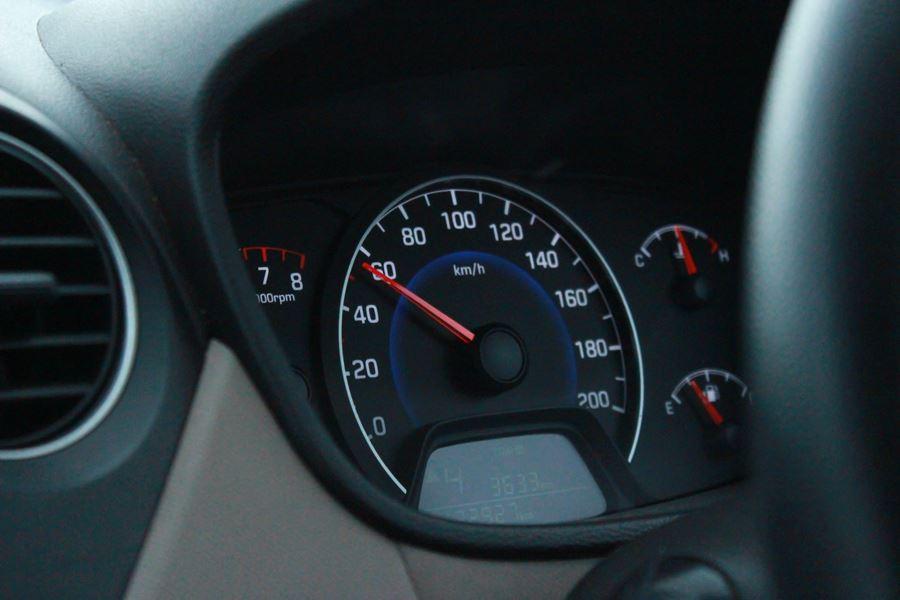With fuel prices at record highs, eco-driving is more important than ever. Choosing a fuel-efficient car is the first step to reducing fuel use, helping the environment, and saving money. But your driving behaviours can also affect the amount of fuel you consume.
Here are 8 eco-driving tips to help you save more fuel…
1 - Don’t warm up the car too early
If you’re the type of person who starts warming up your car’s engine before checking your phone, setting the sat nav, and readjusting your mirrors, you may be wasting fuel. Modern engines don’t take long to warm up at all. In fact, you can drive most cars immediately after turning them on.
2 - Accelerate gently
Revving your engine is one of the quickest and easiest ways to waste fuel, so be gentle with the pedals. Accelerating gently can reduce fuel consumption by a significant amount and you can build up your speed gradually when you get going.

3 - Regulate your speed
Try to keep a consistent speed and drive smoothly to help lower your fuel consumption. Avoid harsh throttle inputs and jumping around between different speeds. Consider using cruise control when on long stretches of road and when approaching traffic, lights, or crossings, decelerate gradually and keep steady at a low speed. You may end up not having to stop completely, which also saves fuel.
4 - Shift gears early
When driving a manual, revving your engine in lower gears burns a significant amount of fuel - much more than is necessary. Shift into higher gears as early as you can and see what your engine is capable of. The best time to shift up is usually between 2,000 and 2,500 rpm.
5 - Don’t slam on the brakes
It’s not always possible to avoid slamming on the brakes, but it is possible to reduce the amount you do it. Read the road ahead for upcoming traffic or obstructions and try to slow down gradually. Braking harshly wastes fuel. It also drastically drains the energy of electric cars.
6 - Avoid idling
Did you know that leaving your car on when stationary for more than 30 seconds uses more fuel than turning it off and back on again? Don’t leave the engine running if you don’t have to. Many new Ford cars feature an automatic start-stop system, but if your car doesn’t have this, you should turn your car off manually when you’re waiting for someone or stuck in grid-locked traffic.
7 - Remove unnecessarily heavy loads
The heavier the car, the more fuel it uses. It may seem like a lot of effort to remove that camping equipment or heavy work gear that’s been sitting in your boot for months. However, by reducing the weight of your car, you can greatly reduce your fuel consumption.
8 - Increase the aerodynamics
The height of your car can also affect the amount of fuel it consumes due to aerodynamics. While you can’t change the shape of the car itself, you can remove any unnecessary add-ons such as roof boxes or bike racks to increase fuel efficiency. Driving with the sunroof and windows open can also increase drag and reduce the aerodynamics of your car.